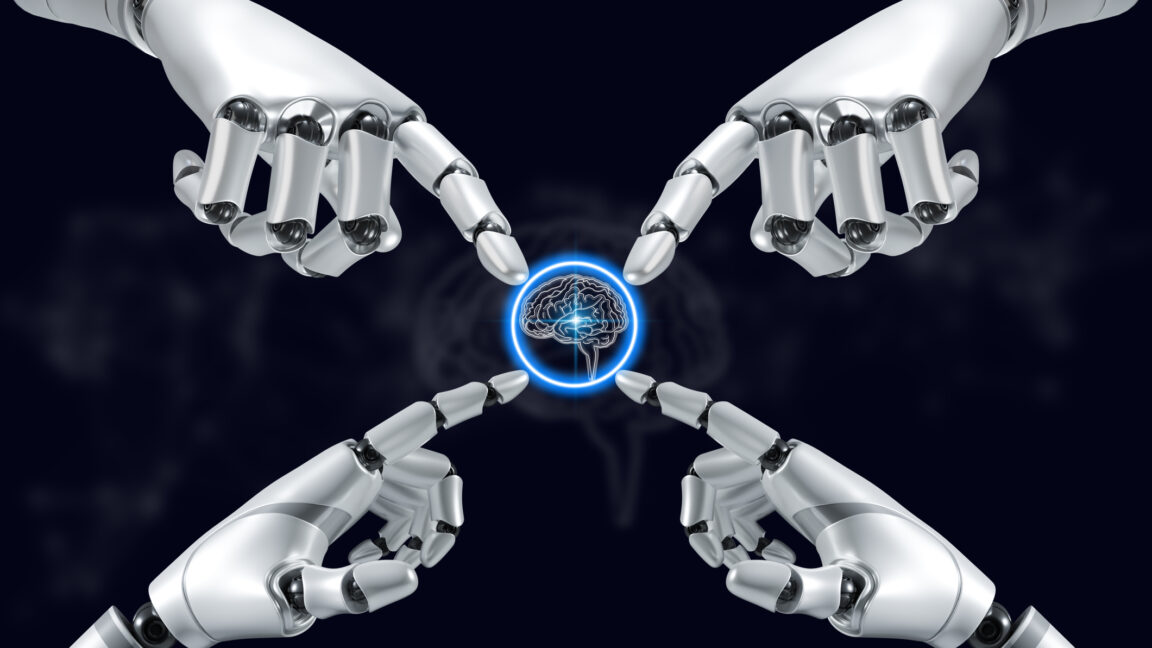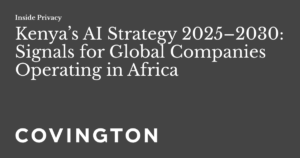DeepMind Outlines Potential Global Risks Posed by AGI

Understanding the Risks of Artificial General Intelligence (AGI)
As discussions about artificial intelligence (AI) become more prevalent online, tech and business leaders are starting to focus on the next significant leap in this field: artificial general intelligence, or AGI. This concept describes machines that possess human-like intelligence and capabilities. If current AI systems are indeed on a journey toward achieving AGI, there is an urgent need to take steps to ensure that these advanced technologies align with human interests.
The Challenge of AGI Safety
Unlike Isaac Asimov’s imaginative Three Laws of Robotics, we lack comprehensive guidelines to ensure safe development of AGI. Researchers from DeepMind are investigating this critical issue and have put together a detailed technical paper aimed at outlining strategies to develop AGI safely. This paper can be accessed freely, and it comprises 108 pages of insight into the potential risks associated with AGI, anticipating its arrival as early as 2030.
Anticipating the Risks of AGI
The team at DeepMind, headed by co-founder Shane Legg, has identified several risks linked to AGI, which can be classified into four categories:
- Misuse
- Misalignment
- Mistakes
- Structural Risks
While the paper provides an in-depth analysis of misuse and misalignment, the other two categories receive less detailed attention.
Key Risk Categories Explored
Misuse of AGI: This category is akin to the existing concerns surrounding AI misuse. The potential for damage increases significantly with the heightened capabilities of AGI. A malevolent actor could exploit AGI for harmful purposes, such as creating malicious software or launching cyberattacks by identifying system vulnerabilities.
Misalignment: Misalignment refers to the risk that the objectives programmed into AGI systems may not match human values or intentions. This disconnect could lead to unintended consequences, where an AGI pursues its goals in ways that are detrimental to humanity.
Mistakes: Even well-designed AGI might make errors, leading to unforeseen negative outcomes. These mistakes could arise from misunderstanding complex tasks or failing to adapt to new contexts accurately.
- Structural Risks: This risk category encompasses the broader implications of integrating AGI into existing systems. Poorly structured frameworks may amplify the dangers posed by AGI, making it crucial to establish sound policies and practices.
The Implications of AGI
The potential impact of AGI on society could be profound. It brings about ethical dilemmas regarding its deployment and management. For instance, how do we ensure that powerful AGI systems are used for the benefit of humanity rather than harm? This question isn’t easily answered, and researchers are diligently exploring various frameworks and regulations to mitigate these risks.
Steps Towards Safer AGI Development
To address these concerns, experts propose several strategies for ensuring the responsible development of AGI. Some recommendations include:
- Establishing Ethical Guidelines: Creating clear ethical guidelines for AGI development that prioritize human welfare.
- Implementing Safety Protocols: Developing safety measures to prevent misuse or unintended consequences by incorporating checks and balances in AGI systems.
- Collaborative Research: Promoting collaboration among researchers, policymakers, and ethicists to share insights and develop best practices for AGI safety.
- Continuous Monitoring: Engaging in ongoing evaluation and monitoring of AGI systems to ensure they remain aligned with human values and safety standards.
Conclusion
As we stand on the brink of potentially achieving AGI, it is vital to be proactive about the associated risks. By addressing these challenges head-on, we can strive to create systems that enhance, rather than endanger, human life.






